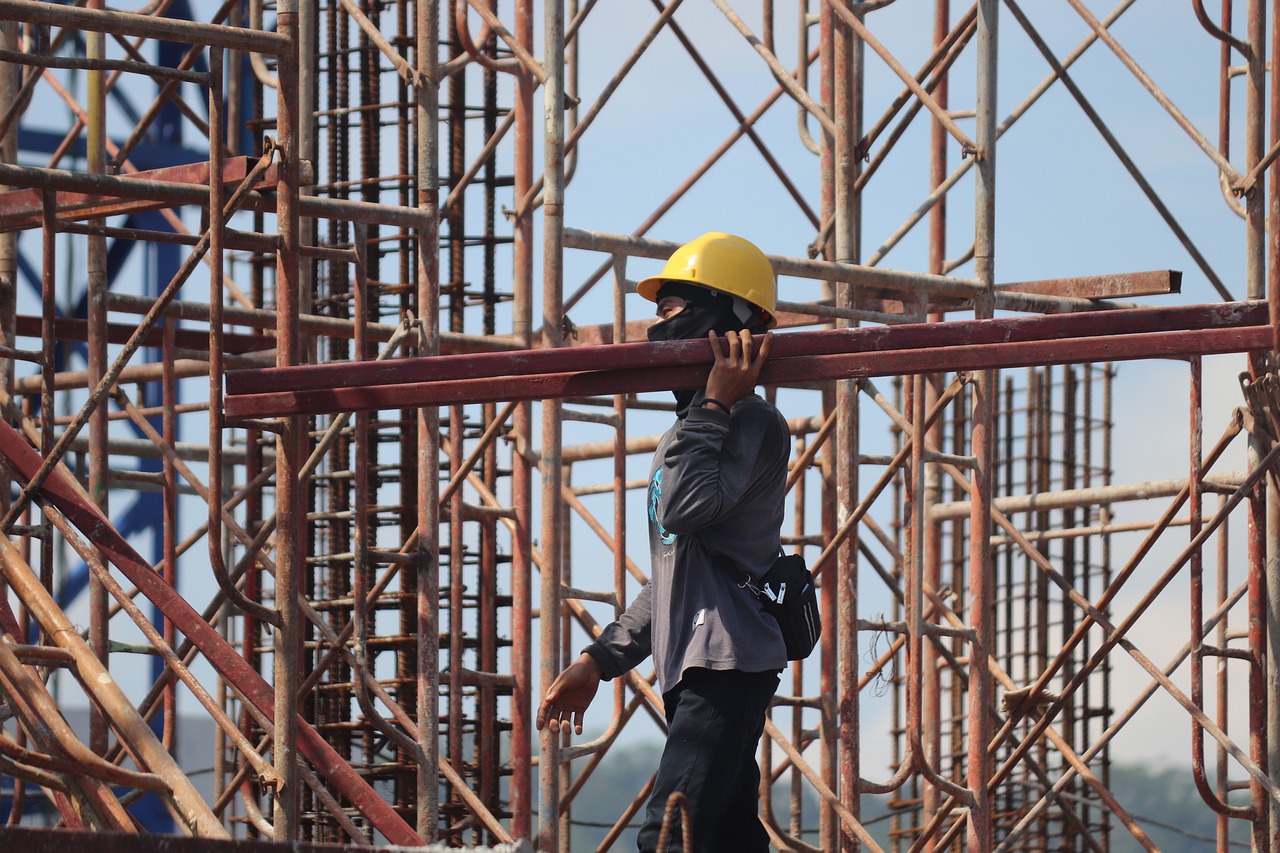Employees mean more to a business than many owners are willing to admit. Without them, it is challenging to run an operation that grows, let alone care for customers and generate sales.
But how do you keep employees happy, efficient, and loyal to your company? One way is to create a company culture rooted in employee safety and wellbeing.
Companies worldwide have workplace dangers that could threaten the health and safety of their employees. Those dangers can negatively affect business finances, processes, internal teams, and external audiences. Because of this, businesses must commit to protecting their employees and keeping their workplaces as safe as possible.
There are various ways businesses can prioritize employee safety. So, there is no excuse for not making workplace and employee safety primary. By doing so, you are more likely to attract and retain top talent, keep your employees happy and productive, and avoid legal battles prompted by workplace safety negligence.
This article offers nine tips for business owners to prioritize safety within their companies.

1. Implement a Workplace Safety Training Program
First, it is integral you implement a comprehensive workplace safety training program. It is one thing to create safety policies and procedures. It is another to ensure everyone understands and uses them daily.
Implementing a workplace safety training program will keep you accountable for safety and betters the chance of your employees never having to deal with unsafe working conditions.
Your safety training program should be centred on Occupational Safety and Health Administration (OSHA) guidelines. OSHA aims to protect workers and ensure businesses do their part in keeping their workplaces in good shape.
Your workplace safety training program should also address:
- Workplace ergonomics
- Tool and equipment safety
- Hazardous material management and disposal
- Response plans
- Emergency evacuation
- Environmental safety
- Safety best practices
- Online safety and cybersecurity
- Remote work
- How policies and procedures change with roles and responsibilities
In addition, your workplace safety training program should be ongoing. An online training once a year isn’t enough. Instead, provide training and support throughout the year, when you implement new tools and equipment, after an injury or illness, and when employees share new concerns.
Next, include your employees in the safety conversation.
2. Include Employees in the Safety Conversation
One of the best ways to understand how to keep your employees safe is to ask them. So, don’t be afraid to include your employees in the workplace safety conversation.
You don’t have to have meetings every week about employee safety. However, it is recommended you meet with your employees at least once a month to discuss ongoing safety and health concerns, upcoming training, injury updates, potential solutions, and so forth.
In addition, the safety conversation should include proper equipment and how you are going to provide it.

3. Provide Your Employees With Proper Equipment
Many workers get hurt because they don’t have the proper equipment to perform their job responsibilities safely. If your equipment is old or barely functioning, you must make some room in your company budget for upgrades. Also, be sure your employees are trained on using any equipment properly.
Furthermore, if your employees are working remotely, it may be a good idea to provide them with any hardware, software, or other equipment they’ll need to do their jobs rather than relying on them to get it. That way, everyone will have the same top-quality equipment and safety expectations to work with.
Furthermore, pay special attention to how your employees handle hazardous materials.
4. Ensure Proper Handling of Hazardous Materials
Hazardous materials are one of the main contributors to workplace illness and injury. When these materials aren’t properly managed and disposed of, it can result in recurring illnesses, or worse, lawsuits that could be the end of your company.
If your employees use chemicals or other potentially hazardous substances daily, ensure they know proper practices for handling hazardous materials. Everyone should participate in training regarding hazardous materials so that they are only used for their intended purposes. In addition, mark all hazardous materials properly, so employees know what they’re using and its potential danger.
Businesses should also develop an “after injury or illness” plan for their employees.
5. Develop an “After Injury or Illness” Plan
If an injury or illness does happen, what is next?
Your “after injury or illness” plan should be just as detailed as your workplace safety training program. Not only should you cover how you are going to support employees through their recovery process, but also how you are going to keep your operation running smoothly in the absence of injured or sick employees.
Document your plan and distribute it to employees. Ensure everyone understands what to do if they are ever injured or fall ill and how roles and responsibilities will change when these things do happen.
In addition, when an injury or illness happens, it is an excellent time to improve your work processes so that it doesn’t happen again.

6. Improve Your Workplace Processes
After an employee gets injured, you must improve the processes in your operation to prevent any further injuries. Of course, you can do what you can to put together the safest, most productive workflow before anything happens. However, sometimes it does take an injury or illness to happen to figure out how to make things better.
Do a job hazards analysis and list the safety issues that could arise or those that have already happened in each job role or task. Once you identify those high-risk activities and the most pressing safety issues, you can adjust your processes to prevent them.
Also, look at how you can support your employees’ physical health.
7. Support Employees’ Physical Health
The physical health of your employees should be at the forefront of your mind. Providing them with resources and support that help them get to their best physical shape only benefits your business.
When your employees are physically healthy, it helps them navigate the workplace much safer. It also enables your employees to be productive, happy and engaged in their job roles. So, if you can provide a free or discounted gym membership, guidance on nutrition, a wellness week each quarter, or other resources for improved physical health, do it.
Businesses can also prioritize employee safety by focusing on mental health and emotional well-being support.
8. Prioritize Mental Health and Emotional Well-Being Support
Keeping your employees physically safe is only half of the responsibility. You must also ensure their mental and emotional health is intact. True employee safety is ensuring the holistic health of your workers.
Mental health and emotional well-being support in the workplace could look like:
- Access to therapists and counsellors
- Stipends for mental health services
- Meditation and other mindfulness activities in the workplace
- Nap rooms or pods
- Flexible work schedules
- Open communication and support from management
- Resources to prevent burnout
Furthermore, encouraging your employees to use their sick/personal and vacation days helps their mental and emotional health.

9. Encourage Employees to Use Sick/Personal/Vacation Days
Many employees refrain from ever using their sick/personal days. In addition, many employees don’t use the vacation days they accumulate. Although this may seem noble, it actually contributes to employee burnout, increased job-related stress, and illness.
So, encourage your employees to use their sick/personal and vacation days when they need them. Well-rested and rejuvenated employees are usually incredibly productive. Vacations and personal days will help get them there.
Conclusion
Businesses can and should prioritize employee safety if they want the best chance at keeping their best employees long-term and growing a profitable company. Implement the nine employee safety tips above to ensure your employees are welcomed into a safe and supportive workplace.
Ainsley Lawrence is a writer who loves to talk about good health, balanced life, and better living through technology. She is frequently lost in a good book.

